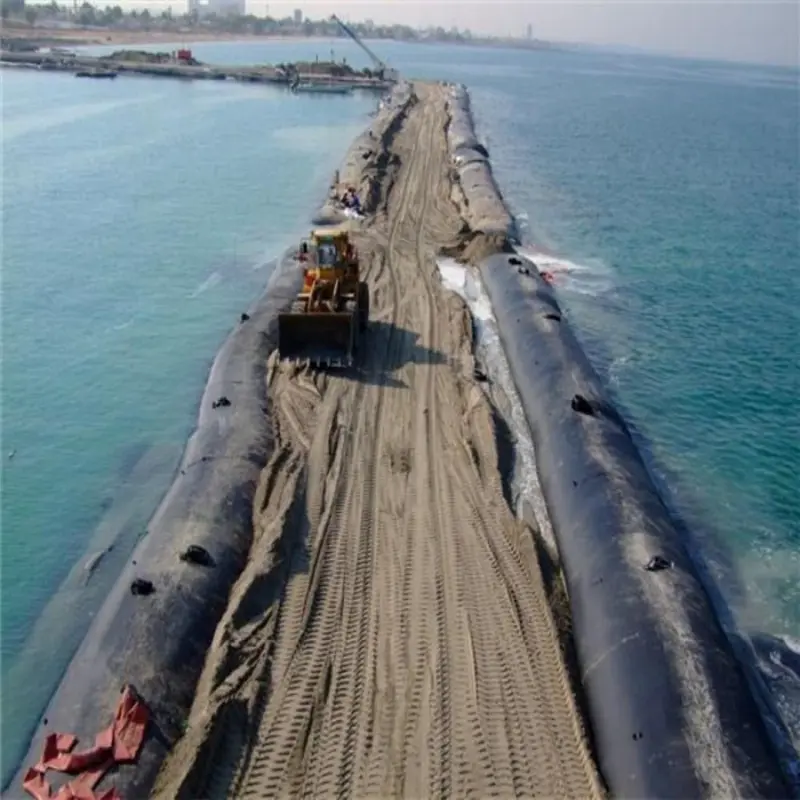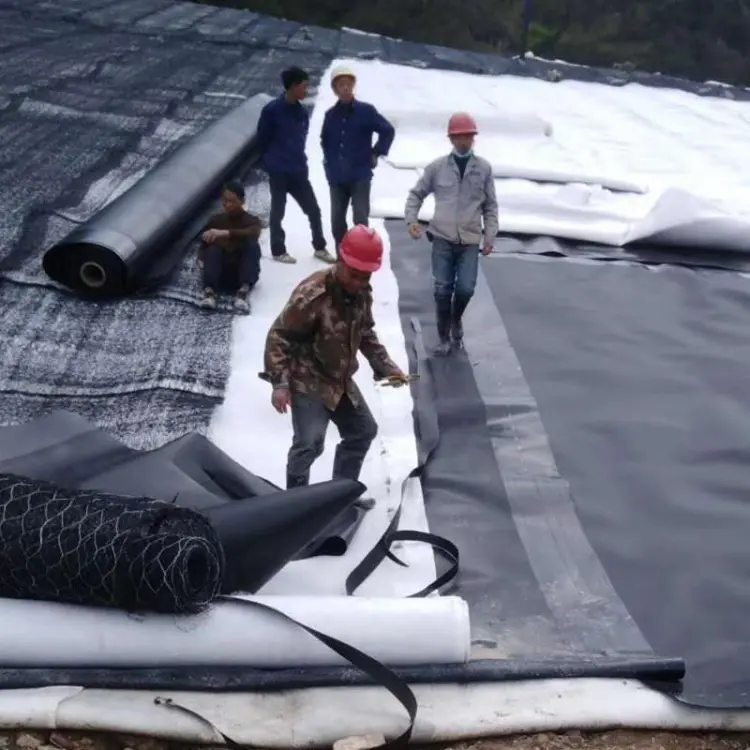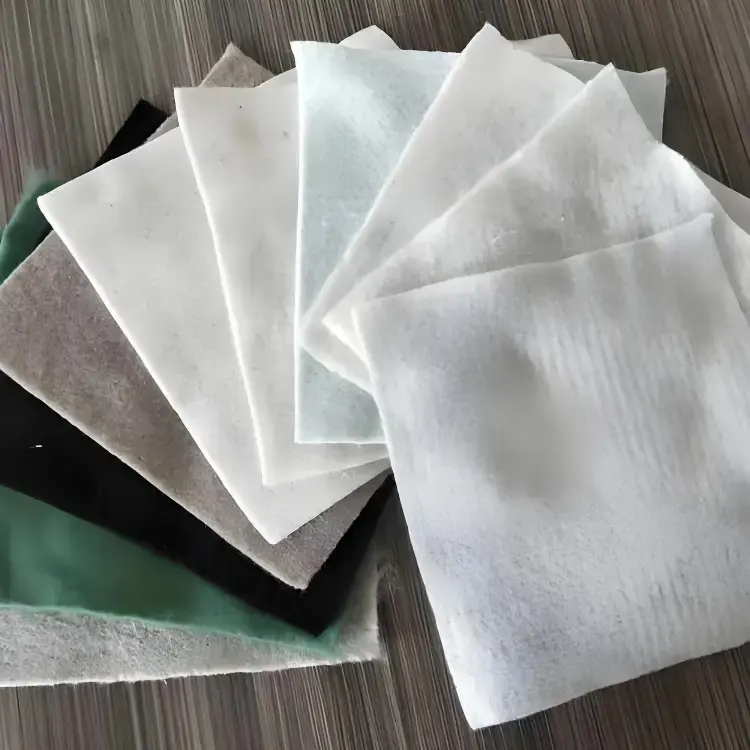Geotextile tubes and bags represent an innovative engineering material for sediment containment projects, demonstrating significant cost efficiency and construction advantages over traditional methods. This comparative analysis is based on recent studies and practical engineering cases.
I. Economic Cost Comparison
(I) Geotextile Tube Costs
The economic cost comprises material, construction, and maintenance expenses. According to the Davao City Coastal Road Project (Philippines), the total material cost for geotextile tubes was PHP 13,652,963.18 (≈ USD 245,744.74), covering procurement, filling materials (e.g., fine sand), labor, and equipment.
(II) Traditional Method Costs
Conventional approaches like riprap sloping dikes or concrete retaining walls incurred PHP 39,320,089.14 (≈ USD 707,736.83) in the same project, including material procurement, equipment rental, labor, and maintenance.
(III) Cost Savings
Geotextile tubes delivered savings of PHP 25,667,125.96 (≈ USD 461,992.10), reducing expenses to just 35% of traditional retaining structures.
II. Construction Efficiency Comparison
(I) Geotextile Tube Efficiency
The simplified construction process—involving geotextile laying, tube installation, material filling, and fixation—requires minimal equipment and labor, boosting efficiency by 40% versus traditional methods.
(II) Traditional Method Efficiency
Methods like riprap dikes or concrete walls involve complex procedures, heavy machinery, and extensive labor, resulting in longer timelines and weather-dependent delays.

III. Environmental Benefits Comparison
(I) Geotextile Tube Eco-Advantages
Its fully enclosed construction process prevents odor dispersion from exposed sludge and minimizes soil erosion/dust pollution. The recyclable materials further enhance sustainability.
(II) Traditional Method Environmental Impact
Conventional techniques often generate significant dust and erosion during construction. The production and transport of concrete/stone materials also impose ecological burdens.
IV. Case Study Analysis
(I) Davao City Coastal Road Project (Philippines)
Geotextile tubes achieved total costs of USD 245,744.74 versus USD 707,736.83 for traditional walls, saving USD 461,992.10 while shortening construction by ~2 days.
(II) Coastal Protection Project (China)
In a Chinese coastal defense project, geotube reduced shoreline erosion while cutting costs to 30% of conventional riprap solutions.
V. Conclusion
Geotextile tubes and bags deliver substantial cost savings, 40% faster construction, and reduced environmental impact in sediment containment projects. Field applications confirm their effectiveness in resolving sedimentation challenges while generating significant economic and ecological benefits.

